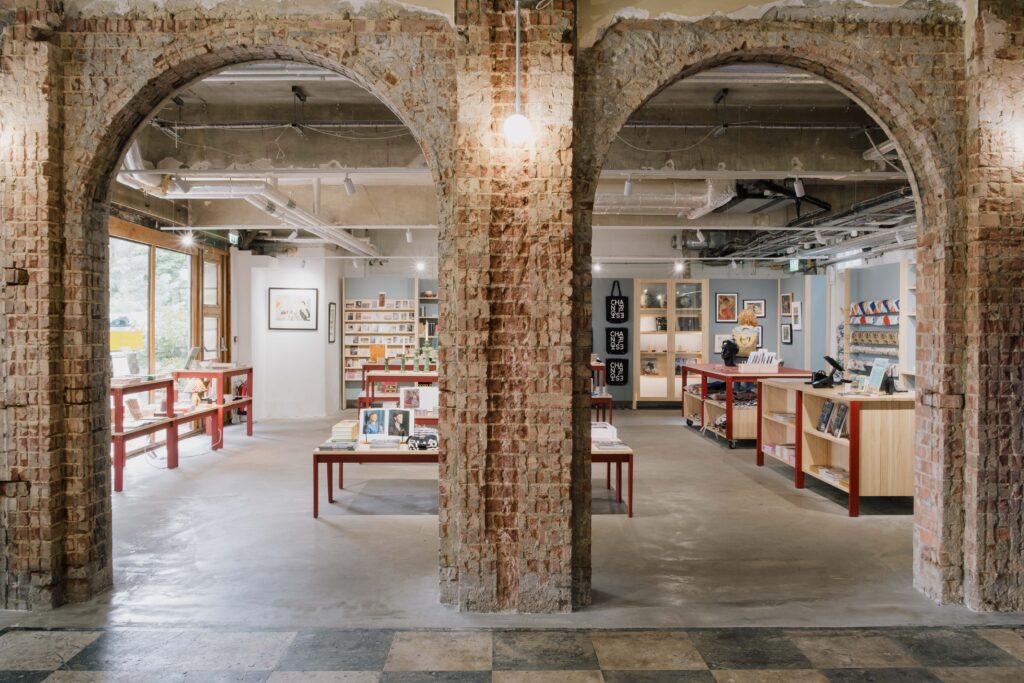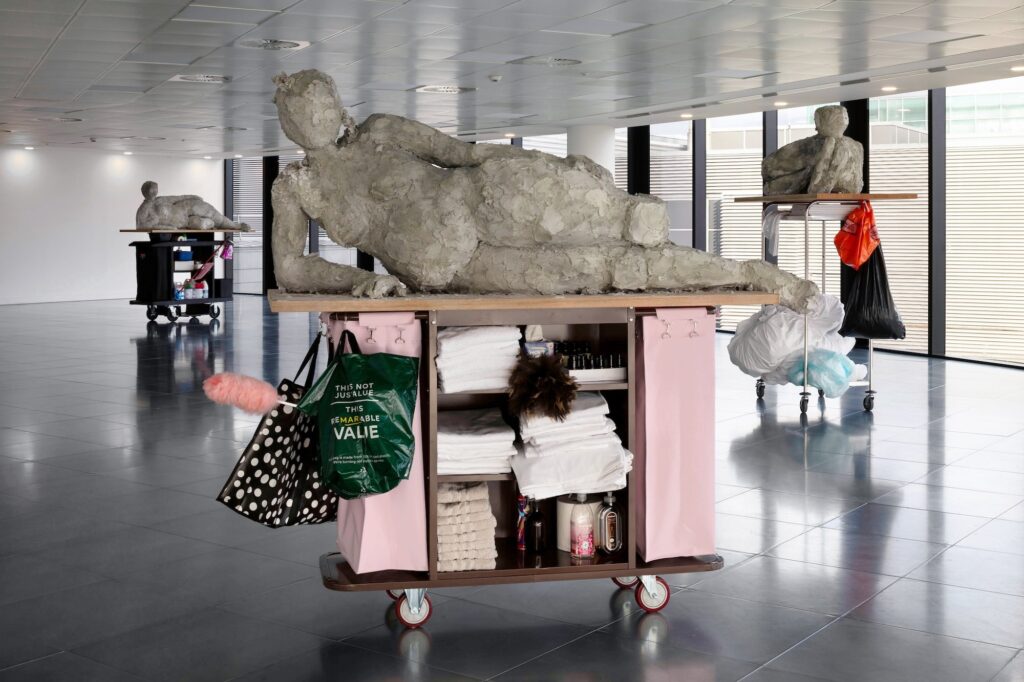Enjoy this article?
Most Museums Journal content is only available to members. Join the MA to get full access to the latest thinking and trends from across the sector, case studies and best practice advice.
The dawning of the new millennium was the catalyst for the opening of a raft of museums, from the New Art Gallery Walsall to the Towner Eastbourne in East Sussex and Millennium Gallery in Sheffield. This mini-boom represented a huge investment in the cultural life of the UK.
Fast forward 25 years, however, and the landscape is very different. With central and local government severely cash strapped, major building projects are a pipe dream for many.
At the same time, the use of civic centres is changing dramatically. Many offices are underused or sit empty, while high streets are littered with vacant retail units as a result of a seismic shift in shopping habits.
But can museums and arts organisations use these “meanwhile” or temporary spaces to help fulfil their ambitions and create new cultural offers?

When Lewes District Council decided to relocate from its 1930s office building in the town centre, Charleston, the home of the Bloomsbury Group painters Vanessa Bell and Duncan Grant, saw the vacant building as an opportunity.
Charleston, which is based in the nearby village of Firle, had reopened as a cultural centre in 2018, following a redevelopment. However, it hadn’t been able to create the learning studio that was part of its original plan.
The charity is now in partnership with the district council, and Charleston Lewes features a learning space and two exhibition areas. Part of the building will soon be used by East Sussex College Group, and there are plans to establish a national Bloomsbury gallery with works on loan from partners.
Like many civic museums, the building is council owned, but it has allowed Charleston to deliver its ambitions with minimal risk to the charity, which doesn’t receive any regular public funding.
A new town centre space for Charleston
Charleston, the home of the painters Vanessa Bell and Duncan Grant in East Sussex, was looking to expand its reach, and Southover House, an office used by Lewes District Council, provided a way to achieve this.
“After the pandemic, we asked ourselves whether we should start a new building project at Charleston, the site of the listed rural farmhouse in the South Downs National Park, or would it be better placed in Lewes town centre, within a 10-minute walk of 8,000 students, and one train stop from two universities,” says Charleston director and chief executive Nathaniel Hepburn.
Charleston has been experimenting with what works at its new Lewes venue, which opened in September 2023 with Bring No Clothes: Bloomsbury and Fashion, an exhibition that explored the fashion of the Bloomsbury Group.
“One of the ways to reduce risk was to have one season of programming as a ‘pop-up’. It was a test,” says Hepburn. “We’re continually getting more data and improving the business model, which gives the charity huge confidence.
“The pop-up nature did present additional pressures for a small team that is stretched to work with such uncertainty.
“We only have a five-year lease in Lewes, and most trusts and foundations need a minimum of 15 years to support capital works, so most of the funds had to be raised from private individuals.”
The fluid nature of meanwhile spaces is business as usual for Proposition, a cultural organisation offering temporary spaces to artists and creatives.
Managing director Anne Thidemann says she recently learned that Proposition’s current building, next to the Roundhouse theatre in Camden, London, has been granted planning permission, and the organisation has two months to move out.
Fortunately, it’s aligned with a newly available space across the city in Bethnal Green, and she is rapidly starting the operation of relocating more than 100 artists.
Proposition’s landlords are property developers. Artists with 24-hour access removes the need to employ security, while charity occupation prompts an 80% reduction in business rates.
Over the past 18 months, Proposition Camden has been used for GQ magazine shoots, Mike Leigh film rehearsals, extra space for the Roundhouse young people’s programme and exhibitions.
“Finding cheap or free spaces for artists to make work, perform or rehearse in is a mega challenge at the moment,” says Thidemann. “Space anywhere is so expensive.”
Several larger developers, such as Argent, Bridge Land and Berkeley Homes, are talking to community-based charities and arts organisations, but are they taking advantage?
Thidemann says: “It’s about making the most of the space in the time you have. I think these flexible spaces are a good thing for the sector. For artists and for creative projects, it can really help get things off the ground.”
For the Common Guild, it has always been about “putting programme before premises”, says director Katrina Brown. The Glasgow-based organisation is creating commissions in venues such as a swimming pool, a public park and the city’s libraries.
Last year, the organisation used a vacant office space on York Street in Glasgow’s financial district to present exhibitions by artists Corin Sworn and Nicole Wermers. It was a physically accessible space, but there were different challenges in making a corporate building welcoming.
Brown says: “Anything that extends the space for culture is a good thing. And all spaces benefit from being populated rather than empty. It’s a civic win.”

She encourages museums to consider using temporary spaces. “It’s energising to look at different kinds of space and place,” says Brown. “If we had a collection to draw on it would be even better, to be able to get something out of the store, even for a few months.”
Indeed, many museums and galleries have been making use of available spaces, including Barnsley Museums, the Museum of Migration and the Museum of Homelessness in London. Most recently, Edinburgh’s Jupiter Artland occupied a formerly vacant retail unit in Paisley.
Interestingly, for many of these organisations, their ambition is for the temporary spaces they occupy to ultimately become permanent homes. But in the meantime they have the opportunity to offer people and places a civic benefit.
Rachel Mapplebeck is a cultural consultant and trustee of Harewood House and Edinburgh Art Festival
Most Museums Journal content is only available to members. Join the MA to get full access to the latest thinking and trends from across the sector, case studies and best practice advice.